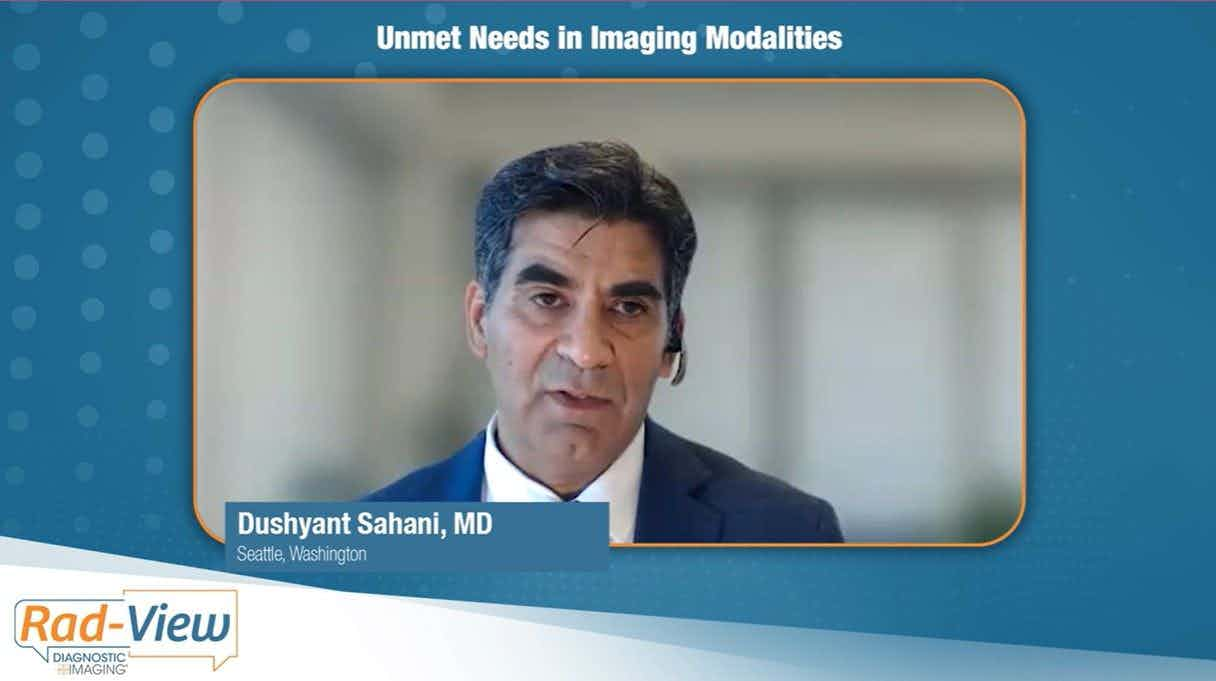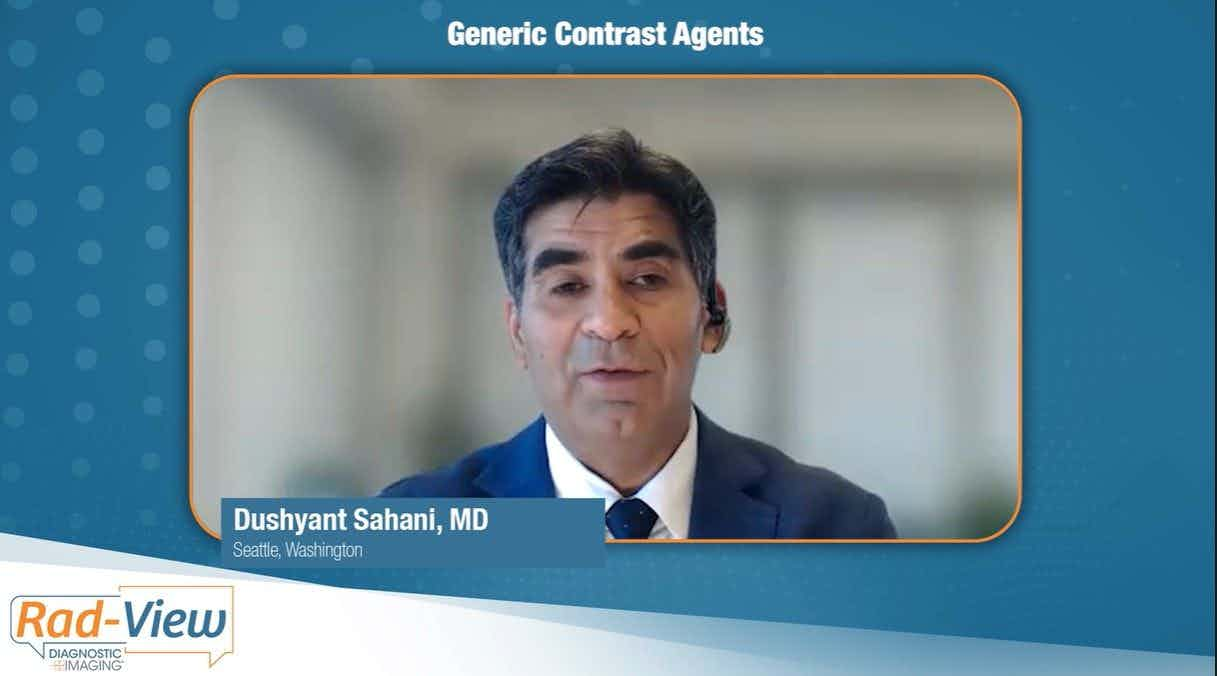CT Outperforms Bronchoscopy in EVALI Diagnosis
CT can provide a diagnosis in a less invasive way and without a high false-positive rate.
CT scans can help providers more accurately diagnose EVALI in patients, outperforming bronchoscopy, new research has determined.
Although bronchoscopy has typically been used to identify EVALI – e-cigarette and vaping-product use-associated lung injury – a team of researchers from the University of Utah School of Medicine (UUSM) determined using the invasive procedure can produce a high false-positive rate. Instead, they found relying on CT could more accurately pinpoint whether a patient has this condition.
“[Our] observations may help physicians recognize prototypical cases of EVALI, make a provisional clinical diagnosis without invasive testing, and, then, assess response to abstinence from vaping with or without corticosteroid administration,” said the team led by Scott K. Aberegg, M.D., MPH, associate professor of medicine at the UUSM.
The team published their results in the Nov. 6 JAMA Network Open.
Since 2019, more than 2,800 EVALI cases have been reported to the U.S. Centers for Disease Control and Prevention, including 68 deaths. Being able to accurately identify whether a patient has EVALI is critical to proper treatment, the team said. Bronchoscopy has been used routinely because it was part of the general diagnostic surveillance for lung infection even before EVALI was clinically recognized. But, numerous questions have emerged about the information a bronchoscopy can provide and whether EVALI has a characteristic radiologic pattern.
Related Content: The Reading Room: Signature Signs of EVALI on CT
“Current clinical guidance is undecided regarding the role of bronchoscopy in the evaluation of patients with suspected or possible EVALI and emphasizes the role of clinical discretion in individual cases,” the team said.
To determine how well bronchoscopy performs and whether CT could play a beneficial role with these patients, Aberegg’s team examined clinical data from 31 patients who were suspected of EVALI. Many of these individuals were treated in an ad-hoc vaping clinic between June 24, 2019, and Aug. 16, 2019. Of the group, 94 percent reported e-cigarette use with THC either alone or in combination with a nicotine product.
Most patients (77 percent) were male and white (87 percent), and the average age was 24 years. Among the group, all patients had at least one of these symptoms: respiratory (97 percent), constitutional (90 percent), or gastrointestinal (90 percent). Seventy-seven percent had all three symptoms.
Overall, 82 percent (23 of 28 inpatients) underwent a bronchoscopy with bronchoalveolar lavage (BAL). These tests revealed lipid-laden macrophages (LLMs) in 22 of 24 cases (91 percent). Seven BAL samples tested positive for infection, but all but one were confirmed to be false positives.
According to this analysis, the team determined that, although it is part of a standard procedure, bronchoscopy rarely contributed to diagnosis in a meaningful way.
“This suggests that in the absence of risk factors for or symptoms of a specific infection or alternative diagnosis, bronchoscopy is not routinely necessary,” they said.
The team also conducted CT scans on 89 percent of patients – 23 of 26 study participants. Based on these images, the team determined that organizing pneumonia (OP), including multi-focal, multi-lobar, ground glass opacities, was the sole pattern identified in 69 percent of exams, as well as the dominant pattern in 19 percent. In addition, subpleural sparing existed in 58 percent of scans, and airway wall thickening existed in 81 percent.
Although this OP pattern emerged on most CT scans, the team cautioned that those findings do not absolutely indicate EVALI.
“Our series is among the first to document the variability of imaging patterns with a cohort,” they said. “We caution that this very prevalent imaging pattern does not predict pathologic findings in the lung.”
Most patients (84 percent) were treated with antibiotics, and 77 percent received corticosteroids, specifically 40mg-60mg daily regimen of prednisone that lasted for up to two weeks. Post-treatment, 65 percent of patients (20 individuals) showed improvement, but residual symptoms, such as shortness of breath, cough, or chest pain, still lingered in 13 percent of patients. Additionally, 40 percent still had evidence of radiographic opacities, and 44 percent had abnormal pulmonary function tests.
The team did note that the appearance of EVALI can mimic other acute lung injuries. Consequently, CT scans can play a role in helping providers learn more about EVALI and its evolution and progression, they said.
“Follow-up CT may be useful for reticular changes, as well as quantitative evaluation of potential airway disease in patients with normal spirometry, as demonstrated in a large research study in obstructive lung disease,” Abergee’s team said. “Longitudinal evaluation of symptoms and pulmonary function are also needed to better understand the natural history and long-term prognosis of EVALI.”
The team acknowledged several limitations of their study. Not only can the history of vaping be difficult to quantify because patients can be reluctant to share that information, but assessing corticosteroid use was also a challenge. In addition, all patients with suspected EVALI may not have been identified and included in the study, and radiologists were aware of the presume diagnosis when they evaluated the CT scans.
Still, the team said, these finding inform the growing body of knowledge around EVALI and point to the benefit of using CT in diagnosing EVALI.
“These data suggest a limited role for bronchoscopy in typical presentations of EVALI without risk factors for alternative diagnosis and the need for careful longitudinal follow-up,” they said.
For more coverage based on industry expert insights and research, subscribe to the Diagnostic Imaging e-Newsletter here.
Study with CT Data Suggests Women with PE Have More Than Triple the One-Year Mortality Rate than Men
April 3rd 2025After a multivariable assessment including age and comorbidities, women with pulmonary embolism (PE) had a 48 percent higher risk of one-year mortality than men with PE, according to a new study involving over 33,000 patients.
The Reading Room: Racial and Ethnic Minorities, Cancer Screenings, and COVID-19
November 3rd 2020In this podcast episode, Dr. Shalom Kalnicki, from Montefiore and Albert Einstein College of Medicine, discusses the disparities minority patients face with cancer screenings and what can be done to increase access during the pandemic.
Predicting Diabetes on CT Scans: What New Research Reveals with Pancreatic Imaging Biomarkers
March 25th 2025Attenuation-based biomarkers on computed tomography (CT) scans demonstrated a 93 percent interclass correlation coefficient (ICC) agreement across three pancreatic segmentation algorithms for predicting diabetes, according to a study involving over 9,700 patients.
Can Photon-Counting CT be an Alternative to MRI for Assessing Liver Fat Fraction?
March 21st 2025Photon-counting CT fat fraction evaluation offered a maximum sensitivity of 81 percent for detecting steatosis and had a 91 percent ICC agreement with MRI proton density fat fraction assessment, according to new prospective research.










